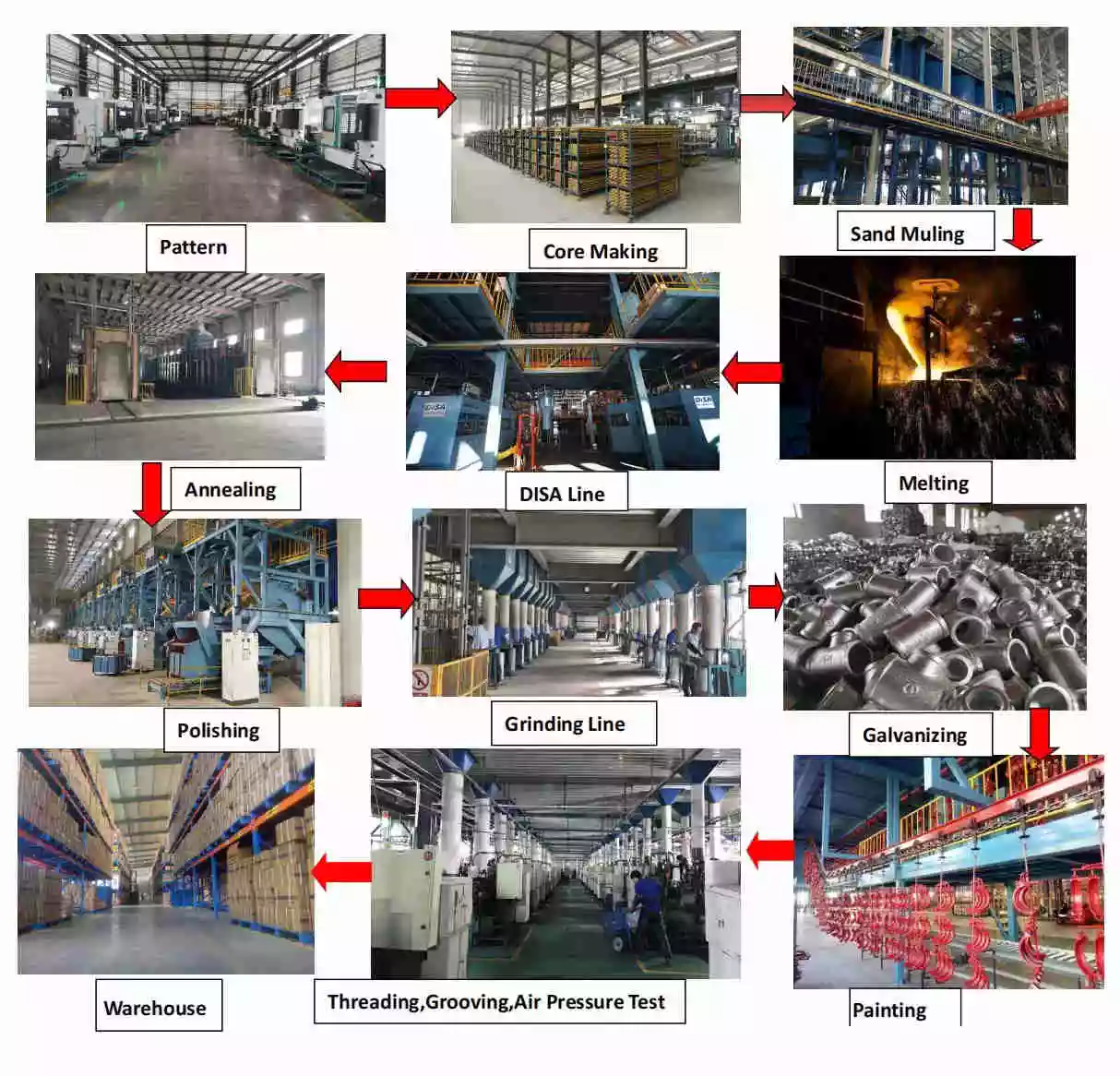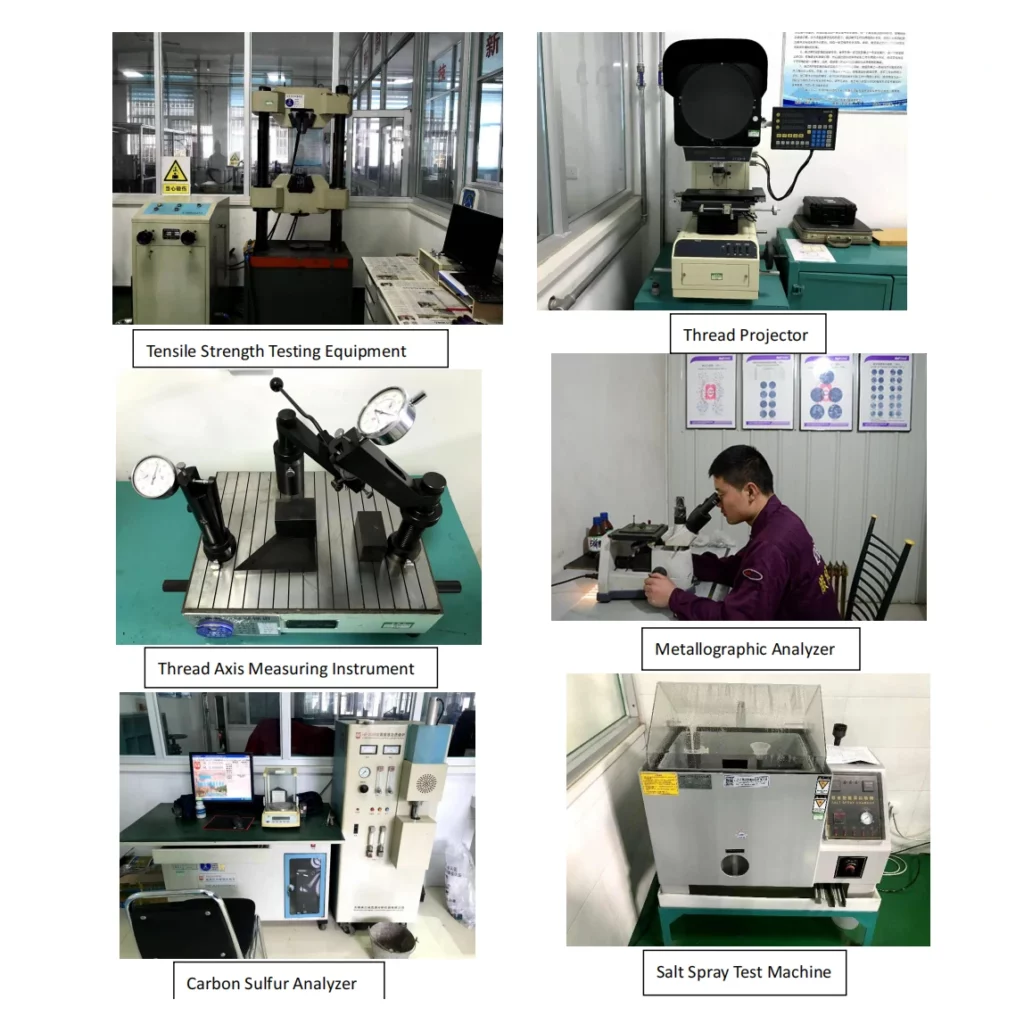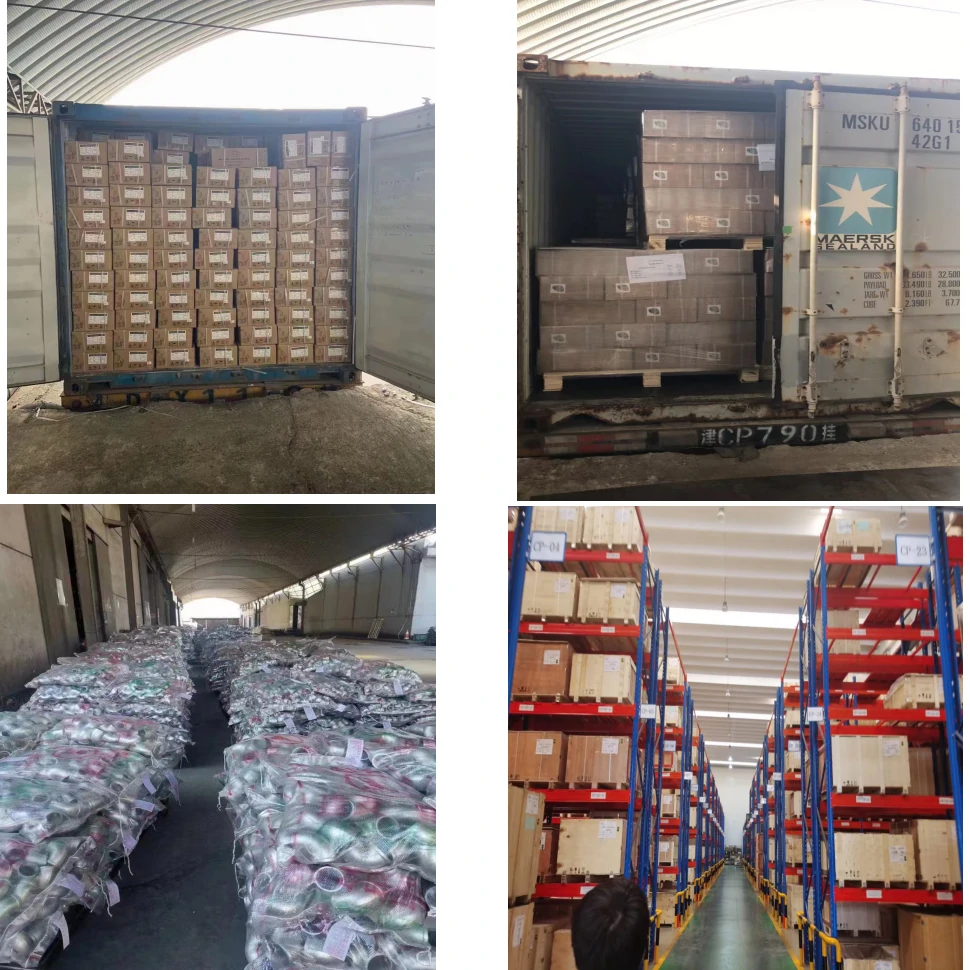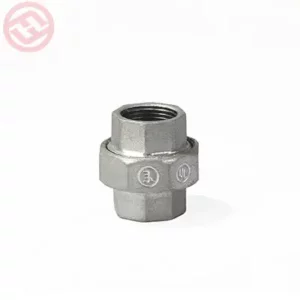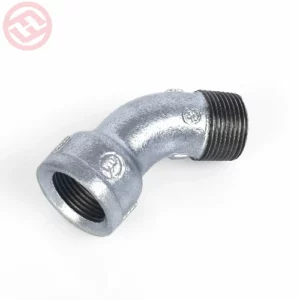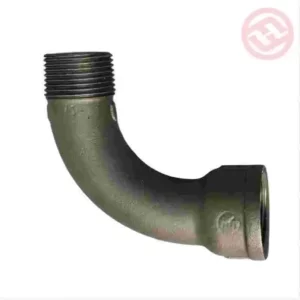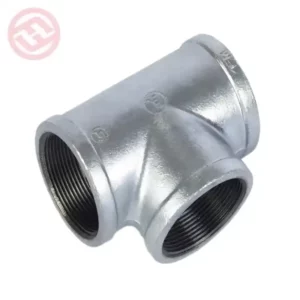Malleable Iron 300 Octagonal Cap NPT Thread
Code:300
Size: 3/8”-2”
Material: ANSI/ASTM A197-A,KTH350-10
Dimension: ANSI/ASTM B16.3/14/39
Thread: ANSI/ASTM B1.20.1,NPT
Pressure Rating: 363PSI,CLASS150
Surface Treatment:Hot-dip Galvanized,Electro Galvanized,Black
Zinc Coating: ASTM A 153
Certificate: UL Listed / FM Approved / NSF 61
Application: Fire Protection,Waterworks,HVAC,Plumbing,GAS,Irrigation,or other piping systems
We’re here to help:
Easy ways to get the answers you need.
Product Description
Products Details
Malleable Iron 300 Octagonal Cap with NPT thread. It can be called Hexagon cap and used in the end of pipeline as the plug.But it is internal NPT threaded in American market. There is another cap named round cap, the function of round cap is same with hexagon cap. The differnce is the appearance. The NPT thread hexgon cap can be hot-dip galvanized or elextro galvanized, working pressure is 363PSI or much more higher as CLASS300.
Product Drawing
The difference between Hexagon cap and round cap:
Hexagonal caps and round caps are two different cap, which differ in shape and purpose.
In shape, hexagon cap has six sides, each connected to a center point. This shape makes the hexagon plug have high strength and stability, and can withstand greater pressure and weight.Round cap has a round shape and are usually used to seal the ports of pipes.
In purpose, hexagon caps are usually used for pipe connections that require higher strength and stability.Round caps fit snugly into the pipe’s port to prevent fluid leakage.
How to choose cap?
When choosing between hexagonal cap and round cap, it needs to be evaluated based on specific application scenarios and needs. For example, if the pipe port you need to connect is hexagonal, then a hexagonal pipe cap may be a better choice. If the pipe port that needs to be sealed is round, then a round pipe cap may be more suitable. In addition, factors such as the size of the pipe, operating pressure, fluid type, etc. need to be considered to ensure that the appropriate fittings are selected.




